2021 brings with it a whole new set of regulations changes for the UK Drone industry, the biggest change that we've seen. On the same day that we officially transitioned out of the European Union, we adopted the regulations that have been in development for more than 5 years for a harmonised set of drone regulations for Europe.
Due to the impacts of Brexit, although our regulations are very closely aligned with the rest of Europe, we may now start to see deviations as all future changes will now come through the UK CAA only and not EASA.
So, if you haven't updated your Operations Manual, now is the time to open it up and bring it up to date! Don't forget, the CAA can audit operators who hold permissions/authorisations at any time.
Let's dive in and take a look.
[Last updated 29/10/2021]
What do I need to look at?
Statement in the Operations Manual (usually page 1)
You need to ensure that you have the following statement within the Operations Manual, usually, this will be on the front page.
This document satisfies all the requirements regarding National Aviation Authorities Operational Authorisation PDRA01 for UAS Operations. {company_name} will abide by the requirements of ANO2016 (as amended) and Regulation (EU) 2019/947 as retained (and amended in UK domestic law) under the European Union (Withdrawal) Act 2018.
So why do you need this statement? This tells the CAA that you are aware that the ANO has been amended and that the UK has adopted UAS Implementing Regulation 2019/947 from the EU in UK Law. If you want to read the UAS Implementing Regulation 2019/947 you can do so within CAP1789A.
Operator ID
The Accountable Manager associated with the Operator ID must be identical to the Accountable Manager name stated on the Operations Manual. If the two differentiate please contact drone.registration@caa.co.uk.
We would suggest showing this underneath the designated Accountable Manager.
If you are operating as a Limited Company, you can no longer have an Individual as the Operator ID, this must be registered to the company.
If you previously had this section as SUA Operator/Accountable Manager, change this to UAS Operator/Accountable Manager.
References to ANO Article 94-95
The references to ANO Article 94-95 may vary from one Operations Manual to the next. You need to pull up the CAP2013 as this details the changes to Articles 94-95. We have summarised below what to look for.
If you copied the wording verbatim into your Operations Manual, you are going to need to amend these as follows.
Article 94 - Remove
Article 94A - Update the wording as per CAP2013
Article 94B - Update the wording as per CAP2013
Article 94C - Remove
Article 94 D - Remove
Article 94E - Remove
Article 94F - Remove
Article 94G - Remove
Article 94BA
The government has published a further amendment to the ANO, which became effective on 19th August 2021, and introduced a new type of Flight Restriction Zone around space sites within a new article of regulation- article 94BA. You should add in the wording to 94BA (or if you don't have the rest of Article 94 then you should reference to the article.
Article 94BA can be found in full in SI 2021 No.879.
Reference to Article 241
The CAA doesn't require Article 241 to be referenced but it can be included. This has not changed.
ECCAIRS 2
The ECCAIRS portal has now been updated for reporting to ECCAIRS 2. This is a new webpage and should be reflected in your Operations Manual. The new link for ECCAIRS is shown below. (Please note: this may also be in your reference table as well as elsewhere in your OM for reporting).
https://e2.aviationreporting.eu/reporting
References to SUAS, SUA and SUSA
The terms SUAS (Small Unmanned Aircraft Systems), SUA (Small Unmanned Aircraft) and SUSA (Small Unmanned Surveillance Aircraft) are no longer official terms under the regulations. You should now use UAS (in place of SUAS), UA (in place for SUA) and UAS in place of SUSA. Don't forget to check your front page!
Any reference to PfCO
The PfCO (Permission for Commercial Operation) is no longer a permission granted by the CAA. This has now been replaced by the Operational Authorisation (OA). Any mention of PfCO should be replaced with OA.
Any reference to CAP393
The Air Navigation Order 2016 has now been moved from CAP 393 to CAP 2038A00. Remove ANY reference to CAP 393 and replace this with simply ANO2016 (as amended).
What you need to REMOVE from your reference table
If you still have referenced CAP 1763 within your reference table (or anywhere within your Operations Manual) you should remove this and any content associated with it. This was incorporated into the ANO and has now been superseded by the UAS Implementing Regulation.
Remove ANY reference to CAP 393 as this has now been replaced by CAP 2038A00 as shown below.
What to ADD to your reference table
CAP 1789A
https://publicapps.caa.co.uk/cap1789a
We've just mentioned the UAS Implementing Regulations, this should now be referenced. The CAP 1789A contains the wording to the UAS Implementing Regulations 2019/947 so you can reference this.
CAP 1789B (optional)
https://publicapps.caa.co.uk/cap1789b
If you wanted to (but it's not necessary to do so), you could reference the UAS Delegrated regulations 2019/945 which shows the requirements for certified aircraft. We would leave this one out but the CAA won't reject it if you do reference it.
CAP 722
https://publicapps.caa.co.uk/cap722
The CAP 722 should be referenced. This was updated to Version 8 on the 5th November 2020. ALWAY check the latest version when updating your OM.
CAP 2038A00
https://publicapps.caa.co.uk/cap393
The CAP 2038A00 now contains the Air Navigation Order which has now replaced CAP 393. You should remove ALL references to CAP 393.
CAP 2013
https://publicapps.caa.co.uk/cap2013
The CAP 2013 contains the amendments to the Air Navigation Order and should now be referenced within your reference table.
Additional items to consider
The CAA has a number of additional documents to the lead CAP 722. Ones you may want to consider adding to your reference table (although it is not required) are:
CAP 722A - ConOPS and Risk Assessment Methodology
https://publicapps.caa.co.uk/cap722a
This document contains the template for the Operations Manual itself and guidance on how to create an Operating Safety Case.
CAP 722D - UAS Master Glossary and Abbreviations
https://publicapps.caa.co.uk/cap722d
The CAA has separated out its abbreviations into a completely separate document. This document is worth a read through so you understand some of the new terms and acronyms under the new regulations. Any abbreviations used within your OM should be contained within your own abbreviations table. It is not a requirement to reference this document in your OM.
ORS4 1449 - Amendments to UAS operator ‘standard permissions’ issued prior to 31
December 2020
https://publicapps.caa.co.uk/ors4no1449
If you are not in possession of the new Operational Authorisation and still hold a Permission for Commercial Operations. A copy of this document should be kept with your PfCO. Make sure you read through this document as it amends the wording to your PfCO to reflect the new regulations.
Read through this carefully as there are a few golden gems such as now being able to fly Unmanned Aircraft with a Maximum Take-off Mass/Flying weight of up to 25kg! (previously this was 20kg).
FPV Flights
Previously, FPV flights were conducted under the ORS 1294 which was withdrawn on 7 January 2021.
All of the requirements for FPV are now covered under Article 4D in the UAS Implementing Regulations 2019/947. If you currently reference ORS 1294 within your OM you can now remove this, however, you should keep your procedures and mitigations in place for FPV flights.
CAP 1496
https://publicapps.caa.co.uk/cap1496
As mentioned above, ECCAIRS 2 is the new aviation reporting portal. This document provides an overview of how to use the reporting portal for ECCAIRS 2.
Renewing Standard Permissions (PfCO)
If you intend to renew your Standard Permission (PFCO) then please ensure that you do so before your current permission expires. If your Permission expires, you will be required to gain a GVC qualification from a Recognised Assessment Entity (RAE) such as UAVHUB to obtain an Operational Authorisation (PDRA01).
If you only hold an NQE Recommendation Certificate (and not a GVC) and you let your permissions expire, you will be required to do a FULL GVC course again and not be exempt in any capacity from the Flight Examination.
We do have a PfCO (NQE Recommendation Certificate) to GVC course here.
Summary
This is one (if not the biggest) change to drone operations in the UK that affects holders of CAA permissions (now authorisations). You should spend the time going through the above points and editing your Operations Manual, even if your renewal is not due. Remember, the CAA can audit you at any time!
If you need help with updating your Operations Manual, we have an Operations Manual update service available here >>> https://www.uavhub.com/products/caa-pfco-operations-manual-audit-updating-service-audit-only
OR, you can subscribe to our HUBSUB service >>> https://courses.uavhub.com/courses/the-hubsub
Following the above advice is NOT a guarantee that your Operations Manual will be accepted by the CAA. We helped produce hundreds of Operations Manuals and helped to update thousands over the years. Remember, it's YOUR manual so you need to understand the ins and outs of the Operations Manual and any changes that get made.
If your Operations Manual ever gets rejected by the CAA for whatever reason, DON'T PANIC! the CAA will send you guidance on what they have found wrong and what you need to change. Follow their advice and work with them to become a safer and more competent operator.


